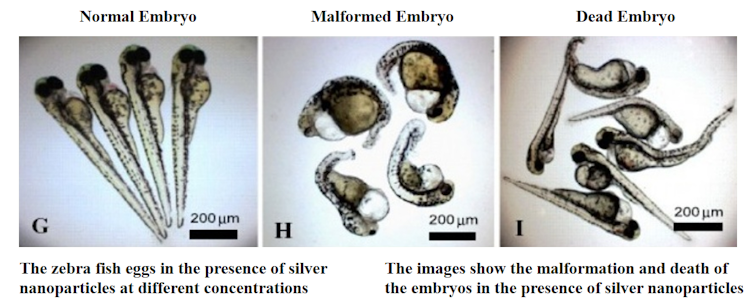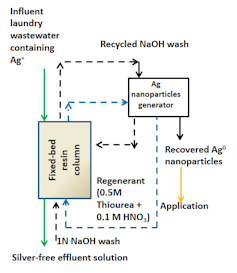In the end of April, the curtain came down on the second phase of the two-week long odd-even personal vehicle plying rule in Delhi. The policy received a warm welcome from the public when it was put to the test for the first time for 15 days this January, as Delhiites more or less enjoyed congestion-free intercity rides.
Invoking the odd-even rule is widely considered as a piece of crisis action that the government was prompted to take in the wake of, among other things, a World Health Organisation (WHO) report that named Delhi, from among 1,600 cities, as the world’s most polluted city. The high concentration of particulate matter—particularly smaller than 2.5 micron diameter (PM2.5), responsible for respiratory diseases—placed the National Capital Region (NCR) in this ignoble seat. This was in 2014. The latest WHO report (May 2016) gives policy-makers a breather: PM2.5 levels have improved marginally and Delhi, in this respect, has dropped to 11th position. Don’t pop the champagne corks yet. Because PM2.5 is still 12 times over the safety limit in the NCR.
The matter in question—the quality of air in Delhiites’ lungs—is not an issue that concerns only the government of the NCR or the central government. The plain truth is that it calls for close coordination between the Centre, the NCR and multiple state governments.
Take the case of the recent proposal by the National Highways Authority of India (NHAI) to relieve NCR’s choking rush-hour traffic. The NHAI recommends building link roads, flyovers and underpasses to de-congest the NCR. Now, since the NCR comprises of districts in Haryana, Uttar Pradesh and Rajasthan—and part of its administration is in the hands of the central government—the political leadership in the NCR, participating states and the Centre would need to work hand-in-hand if this project is to take off.
NGOs, community groups, citizen journalists, environmental experts and public health specialists must keep vigil over exercises such as this to ensure the right balance between the citizens’ need for development and their right to clean air. Likewise, different administrative units must first hammer out an agreement before green regulations can be uniformly rolled out across the NCR, which includes slapping fines on violators (for example, builders who flout dust pollution norms at construction sites with impunity, users of old vehicles, etc).
The national Air Quality Index (AQI), launched by the government some time ago, is an important decision. This presents air quality values across 44 cities and 22 state capitals. The AQI score in respect of air in a city works as follows: Each pollutant is colour-coded based on its concentration in the air; the top pollutant (PM10, PM2.5, NO2, CO, O3) is identified; an overall AQI is assigned to the air in a city, which is the same as the top pollutant’s reading.
Government data has historically been cascaded to the public in spiritless and not-so-user-friendly formats. This is where AQI makes a difference. It presents real-time info on air quality in a simple five-colour-format that citizens can easily read and, based on this, plan their daily life (for example, stay indoors when pollution levels soar, pull on sneakers if the weather is looking up). The idea of giving the public cues around air quality and prompting action from them is indeed noteworthy.
More than a third of the capital city’s pollution load comes from dust. A dust management plan, which includes strict penalties for violators, is long overdue. About eight mechanised road sweepers were in operation in Delhi in June 2015; the city needs more numbers of these. Manual cleaning of roads and footpaths actually ends up “kicking up dust” and worsening pollution. In addition, it’s time India’s city administrators took steps to decentralise environment management protocols, which means even a small colony can have an air quality plan, with active participation by its residents.
Air contamination in India can also be traced back to the energy systems the country is saddled with. The answer for our policy-makers is not picking one source of energy over another. At various stages of economic growth, different energy sources have been useful and continue to be so. For instance, coal is going to be critical to the economy in the short term, and most particularly so, because extending electricity to every Indian is now the highest priority. Be that as it may, the country must start building alternatives for cutting back greenhouse emissions. In this aspect, India should, without a doubt, aggressively pursue opportunities in renewable energy.
Many of the recent policies lay stress on meeting the growing hunger for energy in rural India with solar power. However, the country cannot expect to electrify every single household using photovoltaic cells. The sheer magnitude of this sector calls for a multidimensional approach. The even-now-dominant biomass (firewood, agricultural waste and dry cattle dung), the traditional fuel in this part of the world, can’t just be wished away. Numerous technologies are now doing the rounds that enable more fuel-efficient, smoke-free and safer burning of these fuels. In the interim, large sections will move to such improvised and cleaner cook stoves. And even as they are at it, a lot of thought should go towards finding ways to bring cleaner and more mature fuels, such as biogas, within the reach of the larger masses. By doing so, energy experts can buy time, which they so badly need, to fully understand the economics and technology challenges associated with large-scale and distributed solar photovoltaic rollouts.
If India has to depend on fossil fuels, natural gas is by far the cleanest option. In the developed world, natural gas accounts for a quarter of electricity generation, whereas in India, we have only about 10% of thermal power generation capacity in the form of combined cycle gas generation turbines.
Using a mix of local and imported natural gas, the government is trying to put new life into gas-fired power stations that were idling away because of fuel shortage. This is proving a costly affair. With a view to improve the circulation of natural gas in India, policy-makers are intensifying the effort to find so far unexplored domestic natural gas deposits. This includes tapping about 63 trillion cubic feet of shale gas potential, hidden away within fine sedimentary rocks. But as a guaranteed base load capacity, natural gas will be essential in what will be potentially the world’s third largest power consumer. Therefore, natural gas can provide an assured stockpile of energy, and from this fortified position, India can tap further into its renewable energy sources.
By Tabish Nawaz
The author is a PhD fellow at University of Massachusetts, Dartmouth, in
Environmental Engineering & Sciences
Views are personal
This article first appeared in The Financial Express
https://www.financialexpress.com/opinion/why-natural-gas-is-the-cleanest-option-for-fossil-fuel-guzzling-india/281001/




